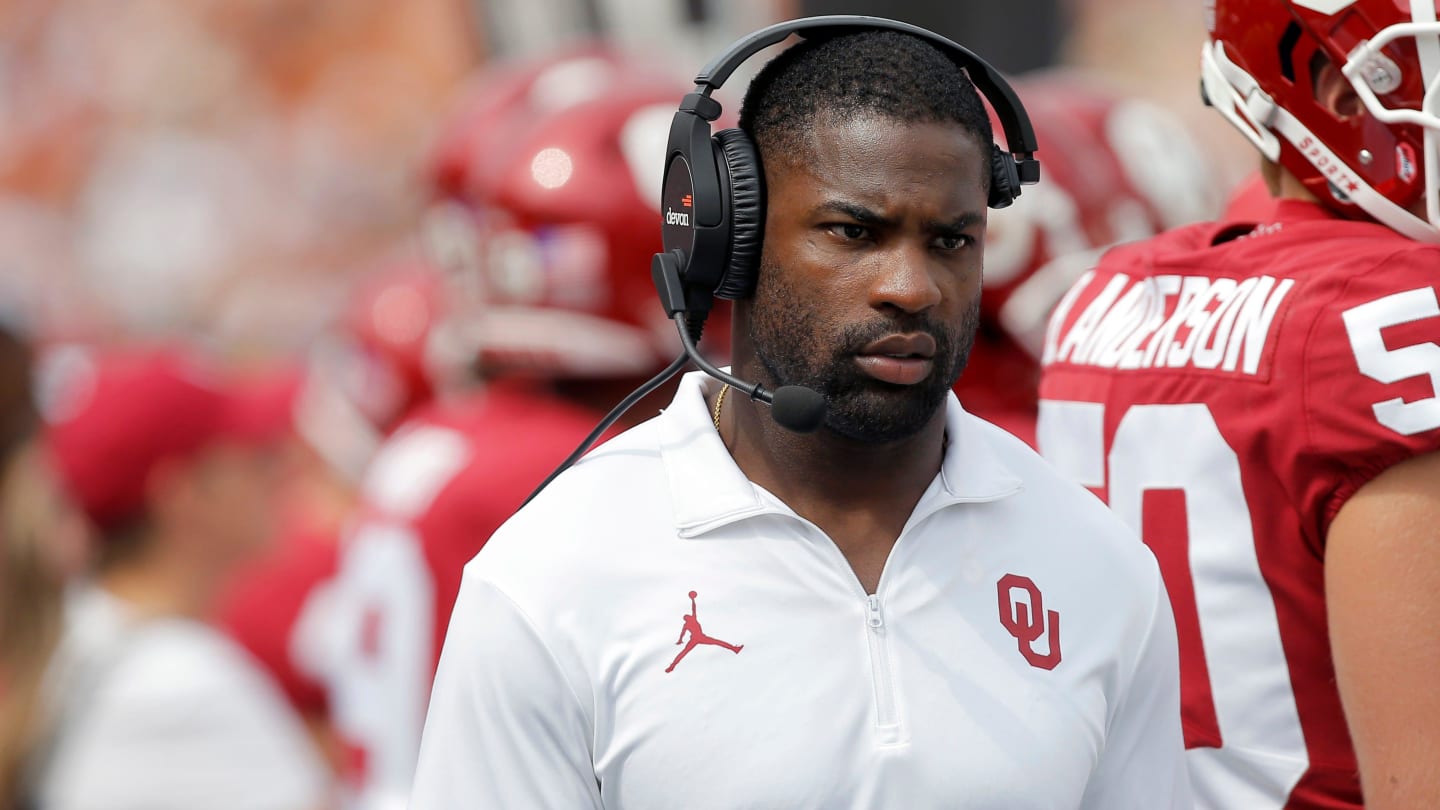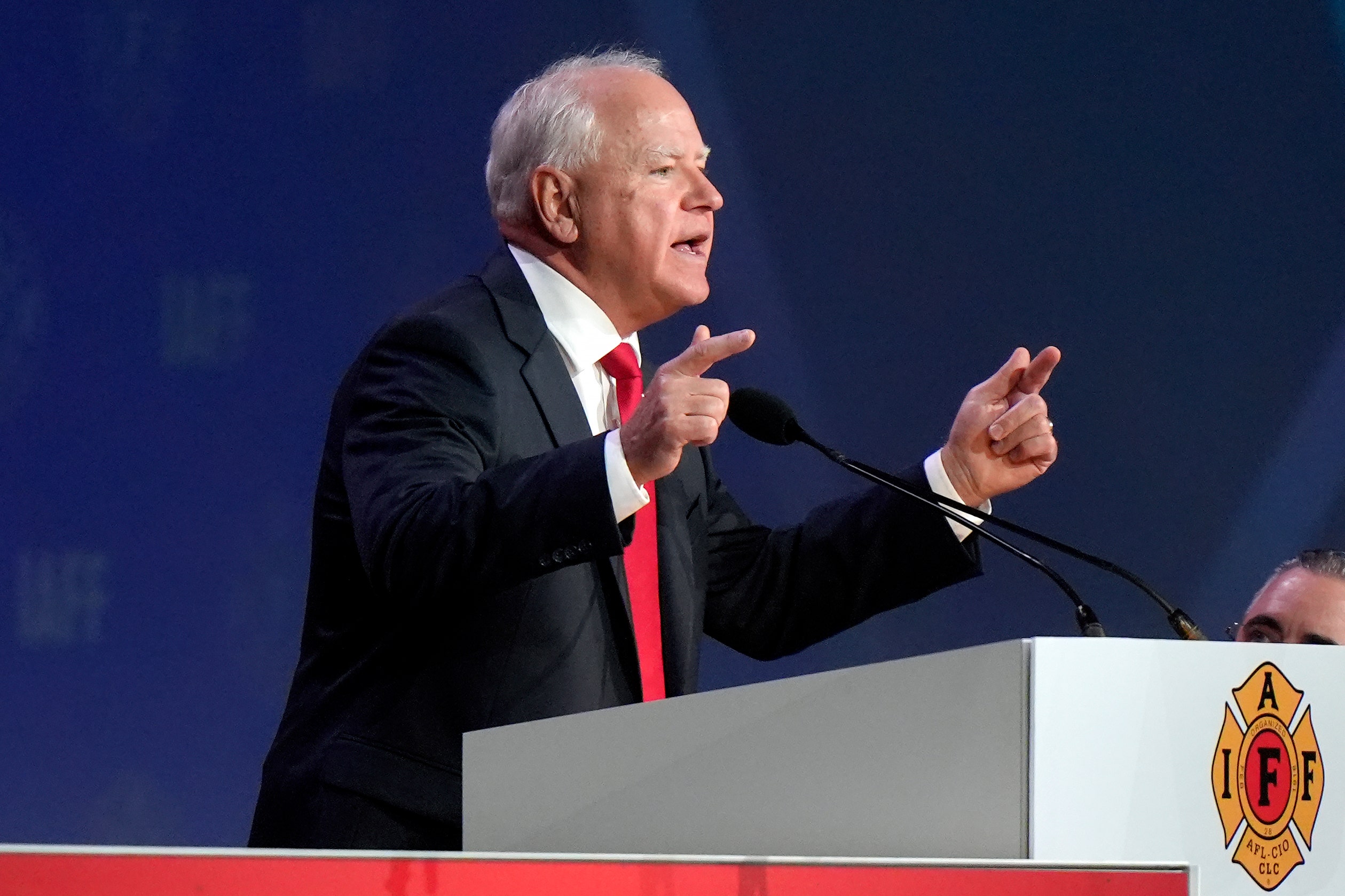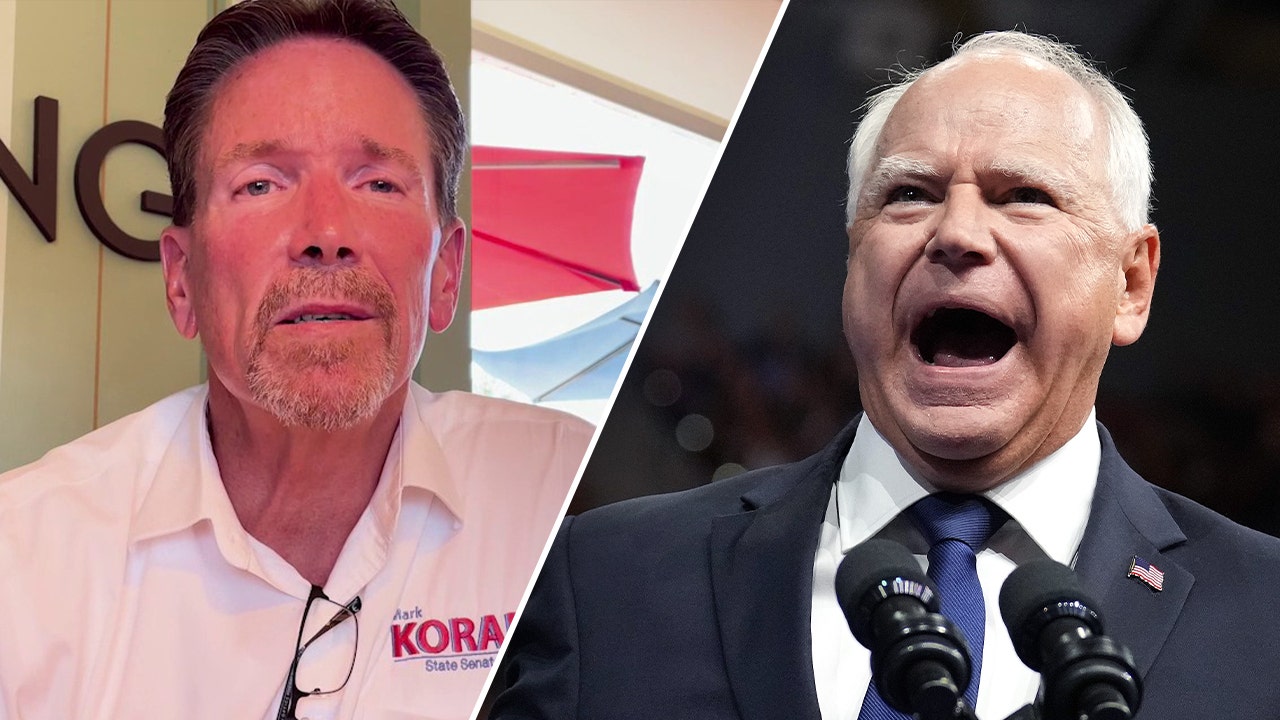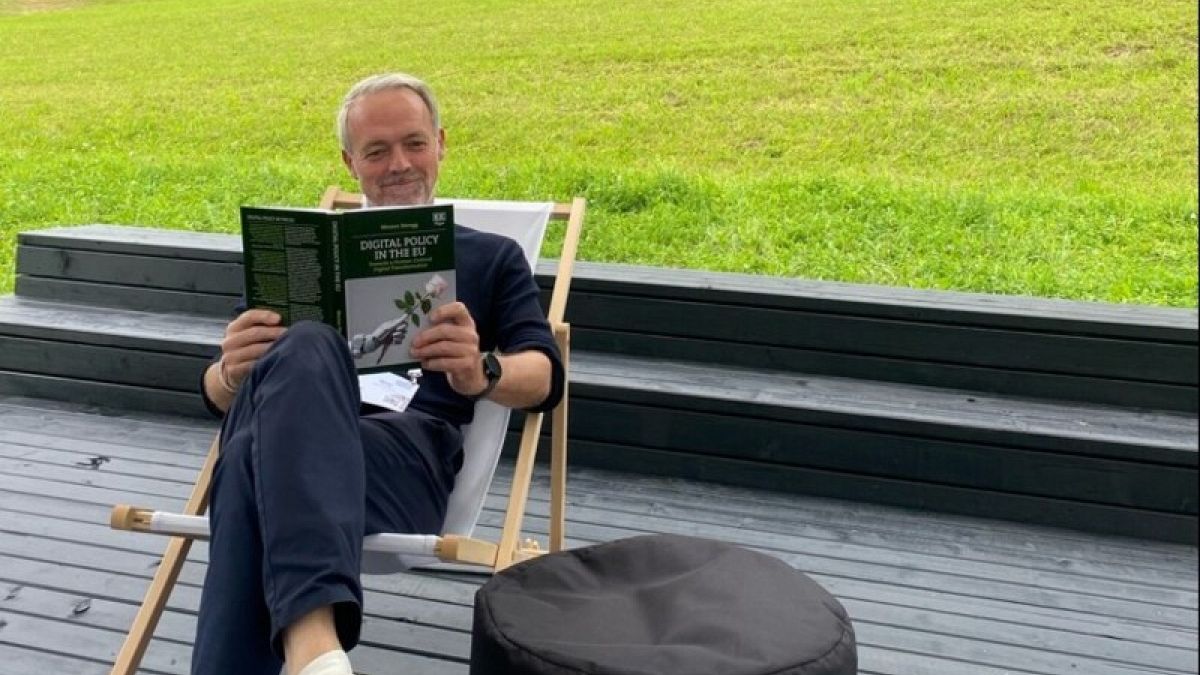Lifestyle
'It feels so much like home': 6 L.A. parties that'll take you to another part of the world
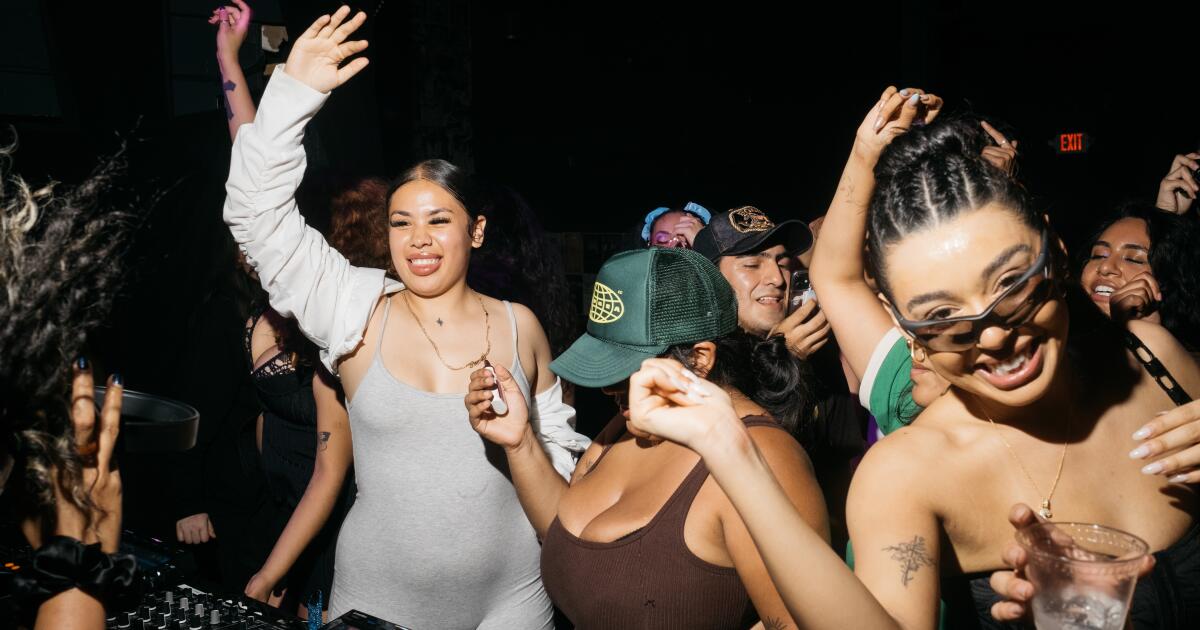
As the Latin trap anthem “Singamo” rings over the speakers at the Echo in Echo Park, more than 50 people sing along and twerk on stage. Dina Ben-Nissan and Courtney Hollinquest take turns spinning tracks by artists from around the globe while images of flags from countries such as Puerto Rico, Brazil and Mexico rotate on a projection screen behind them. Off on the side of the stage, La Goony Chonga, a Cuban American rapper and singer from Miami, snaps selfies with fans.
This is what it’s like to attend ¡BAILE!, a world music dance party that’s been taking place in L.A. since 2022. Named after the Spanish slang word for dancing, the party focuses heavily on sounds from Latin and South America, but also delves into music from other parts of the world such as soca and Gqom, which has roots in South Africa.
People attend Baile World.
(Jett Lara / For The Times)

Dina Ben-Nissan, left, jams out at Baile World.
(Jett Lara / For The Times)
“Being Black and Latina, I’ve never been in a space where I can play all things at once,” says co-founder Hollinquest (a.k.a DJ CQUESTT), who is of Puerto Rican, Mexican and Black descent. “It’s either Latin music or hip-hop, so the idea for [“¡BAILE!”] was to create a space where I can play everything that kind of represents me and all of these club sounds that I’ve been hearing throughout my travels.”
The party is one of several in L.A. that transports attendees to other countries — sans a passport. On any given night, Angelenos can hear sounds spanning from as far as Southeast Asia to Mexico. Adding to the experience are the cultural details — the food, the decor, the attire. For example, you can enjoy sambusa and other traditional Ethiopian bites at “Motherland Sounds.” At an Afro Caribbean party known as “Carnival Tabanca,” some attendees wear modern and traditional Carnival costumes.
Such events have been rising in popularity in recent years as once-niche genres like West Africa’s Afrobeats have become more mainstream.
“It used to be like if you know, you know,” says Kwabena Anfo, a Ghana-born DJ and producer who goes by Blaq Pages and throws a traveling party called “Afrobeats to the World.” “But now with social media, you can find the right community that you want to be in and find the music that you want to enjoy.”
Part of what makes music so powerful is its ability to introduce people to cultures different from their own, and to make people who are far away from their birthplace feel a slice of home. Here are six L.A.-based rhythmic dance parties that do just that.

Scenes from First Fridays, jam-packed with music and miches.
(Julian Mercado)

Lifestyle
This is genius: A new graphic novel imagines conversations between Einstein and Kafka

Turns out Albert Einstein and Franz Kafka lived in Prague at the same time and had the same circle of friends. In the new graphic novel, Einstein in Kafkaland, Ken Krimstein puts us in the room with two 20th century geniuses.
Ken Krimstein/Bloomsbury Publishing
hide caption
toggle caption
Ken Krimstein/Bloomsbury Publishing
It’s April 1, 1911, and 32-year-old Albert Einstein — former bureaucrat at the Swiss Patent Office, with a half-decade old doctorate in physics from the University of Zurich — sits in a train car with his two sons and his wife, fellow physicist and mathematician Mileva Marić. They are travelling from Zurich to Prague, where Einstein has landed a job as a full professor in theoretical physics, teaching in the German section of what is now Charles University. He has a few things on his mind, including money troubles, but most critical is his unfinished theory of relativity. When they leave the city 15 months later, Einstein will have cracked the code.
What happens over the course of this long, mysterious year in Prague is the question driving Ken Krimstein’s new graphic novel Einstein in Kafkaland. Part biography, part historical fiction, Krimstein playfully explores the possibilities, building, with footnotes, on a thorough archive of letters, diaries, and other research. The result, a thought-provoking work made up of comics suffused in a gentle mix of aquamarine watercolors, is equal parts joyful and ruminative. (Think: Alice in Wonderland meets The Lives of the Poets meets Krazy Kat.) The full subtitle to the book — How Albert Fell Down the Rabbit Hole and Came Up with the Universe — signals the lavish whimsy that goes a long way towards making this such a delightful, inspiring read.

Throughout, cartoon-Einstein sports his characteristic pipe alongside a signature frizzy head of hair. But it’s his obsessive ruminations that perhaps most effectively signal what has become Einstein-the-character, a culmination of all the gossip, public appearances, private words, and first-hand accounts of one of the best-known scientists to have ever lived. Krimstein pairs Einstein’s story with that of Franz Kafka, who was 28, virtually unpublished, and living with his parents in a house in Prague when Einstein arrived for his short but impactful stay. What binds the two together, in addition to an alleged one-time meeting at a weekly salon, is a complementary preoccupation with getting at the truth — “the true truth” — against all odds, and against many other people’s better judgements. For both, a journey to find this truth, whether in science or literature, is one that will sometimes alienate as painfully as it may ultimately bind them to others.
During Einstein’s time in Prague, a time in which he works out his theory of relativity, Kafka will have his own breakthrough. In one long feverish night he will pen the short story, most often known in English as “The Judgment,” which will launch an unparalleled writing career forever transforming art and literature. Like Einstein’s completed theory of relativity, Kafka, too, will offer the world a new way of thinking. It’s a way of thinking that, our narrator assures us, “we’re all still struggling to catch up to.”

Einstein in Kafkaland: How Albert Fell Down the Rabbit Hole and Came Up With the Universe by Ken Krimstein
Ken Krimstein/Bloomsbury Publishing
hide caption
toggle caption
Ken Krimstein/Bloomsbury Publishing
Despite his title, Krimstein centers his book unevenly, focusing mainly on Einstein, and taking us step by step through the meditations that lead to his discovery. Nonetheless, along the way he also provides readers with glimpses into the life of the perpetually melancholic insomniac insurance clerk, Kafka. We witness, for example, an early morning swimming routine with his best bud — and future literary executor — Max Brod. But what Kafka’s presence in the narrative most crucially enables are imagined conversations between him and Einstein. In these, the two puzzle, and sometimes commiserate, over what it means to see the world differently from everyone else. What happens when you believe so confidently in your own hard-won perceptions that you risk killing the heroes that brought you there?
Krimstein, a well-published cartoonist whose previous work includes another delightful graphic biography, The Three Escapes of Hannah Arendt, luxuriates in intellectual history shoulder to shoulder with juicy biographical details. He depicts Einstein debating with his foe, Max Abraham; taking fantastical trips into a four-dimensional world with Euclid; and walking and talking with Austrian physicist, and dear friend, Paul Ehrenfest. And he exposes, too, scenes of the future Nobel Prize winner in the bath, trying to kill off bedbugs; or engaging with his young children, and wife, in Gedankenexperiments (thought experiments), to help him think through the problems that continually occupy him.
At its heart, Einstein in Kafkaland is the story of ordinary genius. It unwraps the ways in which genius so often arises out of ordinary circumstances. Perhaps even more compellingly, the book tracks how unimaginable discoveries develop following exchanges with others — friends and family, colleagues and nemeses, neighbors and role models. Aberrations aside, works of genius most wholly emerge in dialogue.
Tahneer Oksman is a writer, teacher, and scholar specializing in memoir as well as graphic novels and comics. She lives in Brooklyn, N.Y.
Lifestyle
The movie 'It Ends With Us' faces criticism for glamorizing domestic abuse

Critics have said the promotional materials for the film It Ends With Us glamorize domestic violence.
Justin Tallis/AFP via Getty Images
hide caption
toggle caption
Justin Tallis/AFP via Getty Images
Colleen Hoover’s bestselling novel It Ends With Us has been adapted into a star-studded film, starring the likes of Blake Lively and Justin Baldoni. But the much-talked-about film is facing criticism for appearing to glamorize its depiction of domestic abuse.
The film, which draws from Hoover’s own parents’ relationship, tells the story of florist Lily Bloom, who falls in love with a neurosurgeon named Ryle Kincaid.
During their courtship, Kincaid goes from charming and charismatic to physically and emotionally abusive. Bloom eventually ends the relationship, telling her daughter that the cycle of violence “ends with us,” reflecting the film’s title.
Based on promotional materials for the film, however, some critics say the message about abuse might not come across to viewers.
“The trailer does a disservice to the fact that this could really raise awareness,” said activist and domestic violence survivor Ashley Bendiksen. “But it seems to just be glossing over what the movie’s actually about.”
In one trailer — set to the song “Strangers” by Ethel Cain, which includes the lyrics “don’t talk to strangers or you might fall in love” — the movie seems to hit all the right notes of a typical romance movie.
Viewers see the two main characters — played by Lively and Baldoni — launch into a romantic relationship. You’re teased with the potential of a love triangle, down to a fistfight between the two male suitors. And there’s a brief bout of rage from Kincaid as he breaks a piece of furniture in his apartment.
But the full story is much darker. The abuse Bloom suffers at the hands of Kincaid in the film includes being pushed down a flight of stairs and attempted rape.
“When we use trauma as entertainment, it can feel really exploitative, and just irresponsible, and, in many ways, tone-deaf to the actual issue,” Bendiksen said.
Fan blowback
The film, which was released on Aug. 9, has earned a respectable $242 million worldwide. But despite its success at the box office, criticisms have been scathing.
In one promotional video posted on Instagram, a smiling Lively sits alongside the novel’s author, Hoover, and encourages the audience to “grab your friends, wear your florals and head out to see it.” Florals in this context are a reference to her character, Bloom, owning a flower shop in the film.
Comments on the video criticized Lively’s upbeat tone and attempts to promote the movie as a lighthearted love story.
“As someone who lived through DV as a child, ‘grab your friends, wear your florals’ is a terrible phrase to use about a film of this nature,” one commenter wrote.
“You had an opportunity to turn this into a beautiful thing for women who suffer every day. Shame on you and your PR team for turning a blind eye,” another said.
Many of the comments praised Baldoni, however, for his style in promoting the story.
In one interview posted to the star’s Instagram page, Baldoni says his message for viewers is to always have hope.
“Everybody has the ability to end a cycle that they didn’t ask for. We can all say, ‘It ends with us’ in our life,” Baldoni said.
Baldoni directed the film, and Lively is one of its producers.
“Thank you so much for being the ONLY person on this cast promoting the actual point of this film,” one commenter wrote in response.
“It’s funny to me how the person that is portraying the offender is the only one making the point of the actual story.”
Brandon Sklenar, who plays Baldoni’s romantic rival in the film, said that he and his fellow cast-mates understood the gravity of telling a story about domestic abuse.
“Trust me when I tell you, there isn’t a single person involved in the making of this film that was not aware of the responsibility we had in making this. A responsibility to all the women who have experienced generational trauma – domestic abuse – or struggle with looking in the mirror and loving who they see,” Sklenar wrote in a lengthy statement posted to his Instagram account.
“This movie is a harsh reality check for the men who need to get their sh-t together and take responsibility for themselves and their actions.”
Comments on the statement were turned off, but comments on unrelated posts took the cast to task over the way the film was being promoted.
“Your most recent post is just perpetuating how TONE DEAF this whole cast is (besides Justin). We don’t want to hear you all defend each other. How about apologize and change the way you’re all promoting the movie and talk about the issue – [domestic violence],” wrote one frustrated commenter.
Hoover, in a separate interview with Lively, said she felt that the film had been “faithful” to the story she wrote.
“Trigger warning”
Obbie West, a spoken-word artist and advocate for victims of domestic abuse, said that the framing of the film could wind up being triggering for abuse victims.
“Prior to presentations or prior to trainings, I give trigger warnings, and the trigger warning lets anyone in the room know that this content is going to be very sensitive in nature. That way, if any of it aligns with something they’ve been through and they feel triggered, we identify who are the people in the room that’s qualified to help you,” West said.
Trailers for the film do not include any sort of trigger warnings for content.
“So when you present this movie as a love movie without that precursor, then you have a theater full of people who aren’t aware that they may potentially be triggered.”
West said that in framing the movie as a love story, it could be damaging, particularly to young people who don’t have a healthy frame of reference for love and aren’t as easily able to recognize signs of abuse.
“If this is common practice and we’re constantly presenting love in this way, then for those children who are still developing, it normalizes it and desensitizes them to abuse,” West said.
Lifestyle
Cooper Kupp Sells Oregon Mansion With Indoor Training Facility For $3 Million

NFL superstar Cooper Kupp has just parted ways with his Oregon mansion … and considering all the bells, whistles and indoor training facilities it came with — it seems the new buyer got a helluva deal.
TMZ Sports has learned the Los Angeles Rams receiver sold the 5,700 square-foot Wilsonville property recently for $3 million — a price tag that seems super palatable when you take into account all the place has to offer.
The gated home — which sits on a four-acre lot — comes with five bedrooms, eight bathrooms, hardwood floors, French doors, a large gym and a separate guest house.
It also comes with its own training facility — as Kupp installed a 4,600-plus-square-foot structure so he could continue working out during the NFL offseason.

It was initially listed for $3.5 mil … and was ultimately sold by Kendra Ratcliff of LUXE this week.
As for why Kupp parted ways with the pad — he ain’t exactly hurting for cash … we’re told he’s simply spending more time in California these days than he and his family had planned.
Congrats to the new homeowners — hopefully there are some athletes in the fam ready to take advantage of the place.
-

 Technology6 days ago
Technology6 days agoBreakthrough robo-glove gives you superhuman grip
-

 Connecticut5 days ago
Connecticut5 days agoOxford church provides sanctuary during Sunday's damaging storm
-

 News1 week ago
News1 week agoVideo: Biden Delivers Keynote on First Night of D.N.C.
-

 News1 week ago
News1 week agoVideo: Protesters Clash With Police Near the Democratic National Convention
-
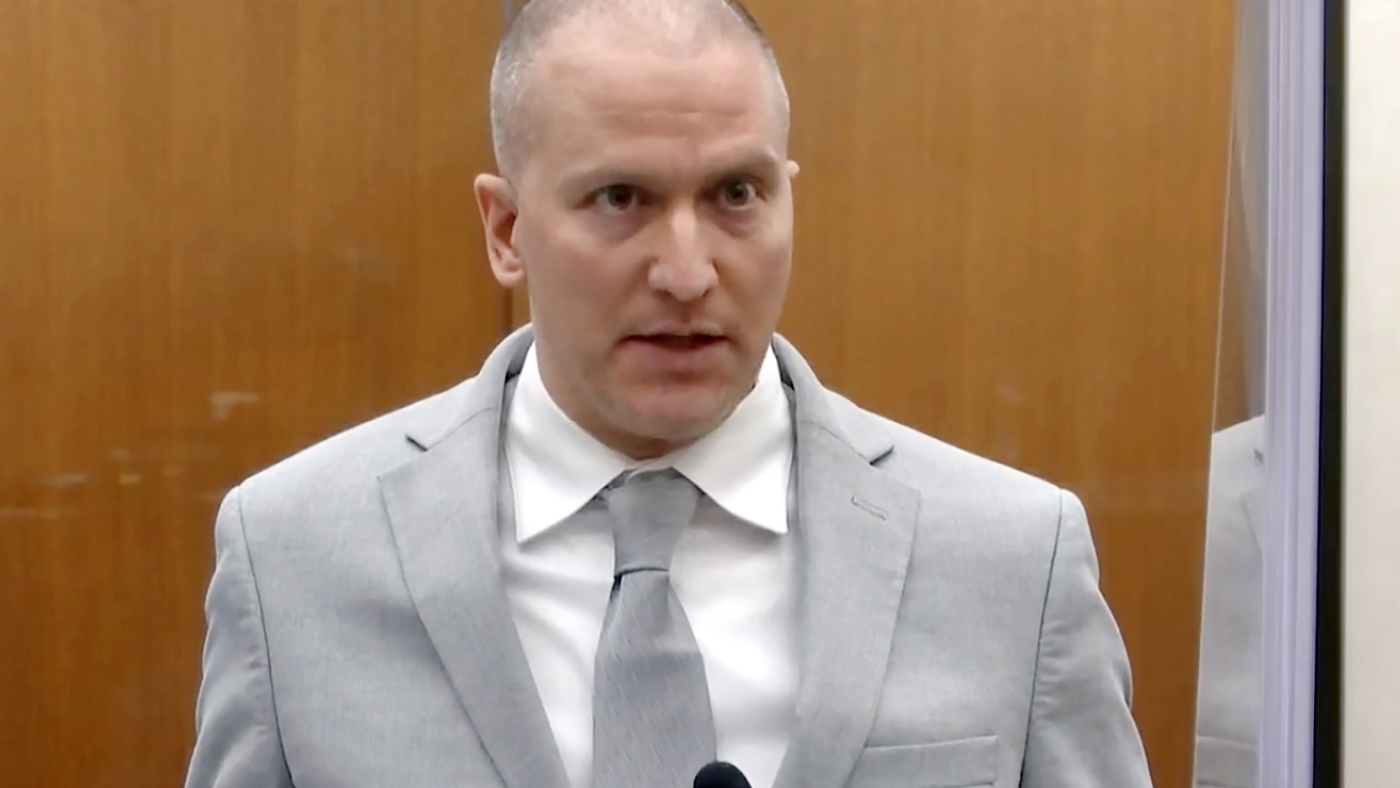
 News1 week ago
News1 week agoEx-officer convicted in George Floyd's killing is moved to new prison
-
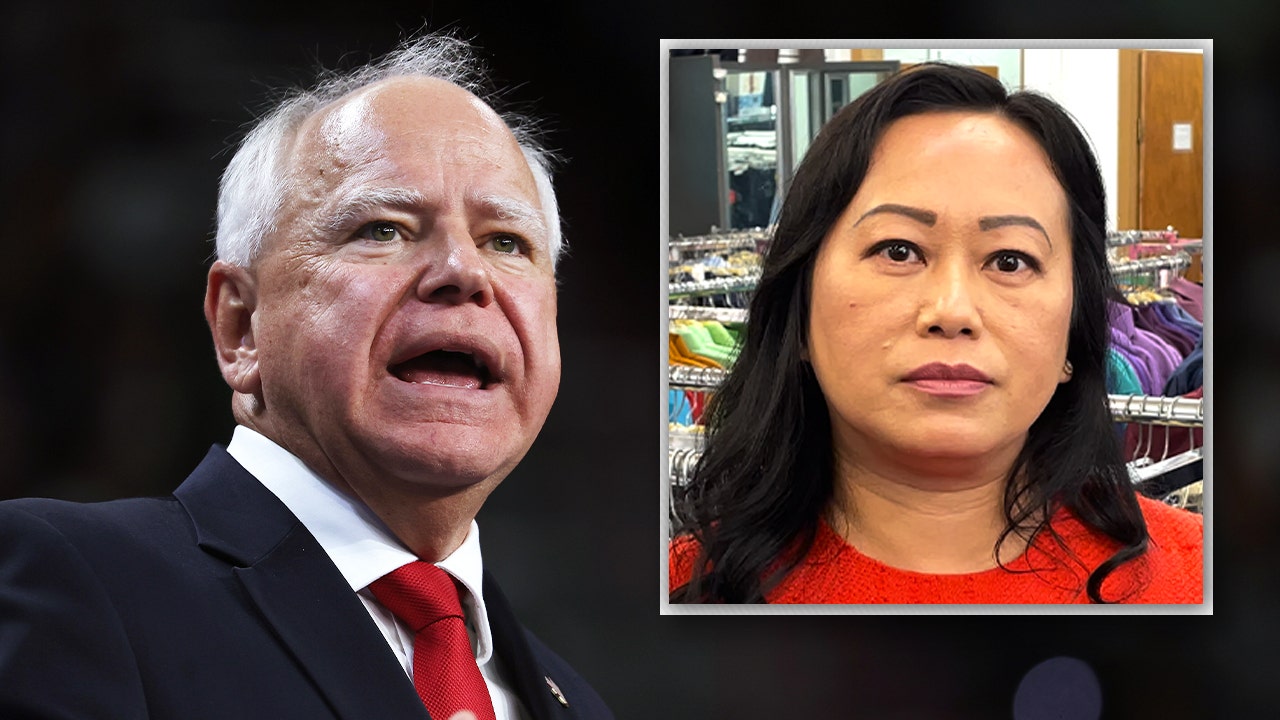
 Politics1 week ago
Politics1 week agoFormer teacher reveals which students suffered 'the most' under Walz's pandemic-era guidelines
-

 News1 week ago
News1 week agoVideo: D.N.C. Holds Enthusiastic Roll Call to Nominate Harris
-

 World1 week ago
World1 week agoPanama deports 29 Colombian migrants from Darien Gap under US deal




